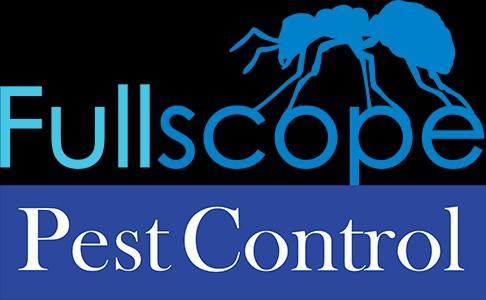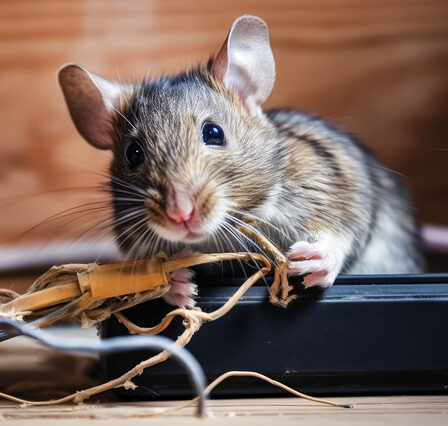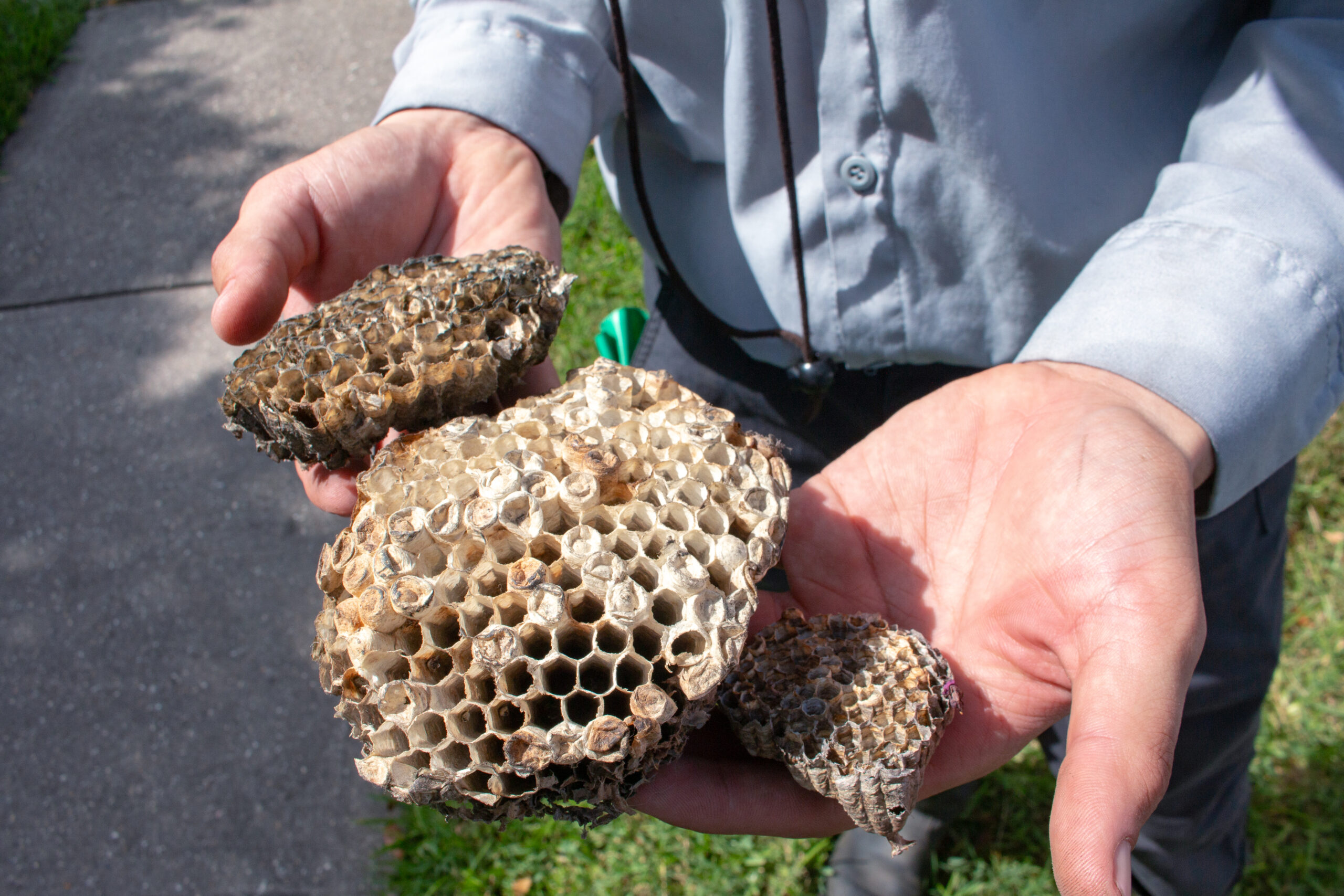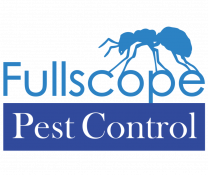If you’ve noticed patches of yellowing or browning grass in your lawn, it could be caused by a plant disease known as Take-all Root Rot. This fungal disease affects the roots of grasses, causing them to rot and die. In this blog post, we’ll explain what Take-all Root Rot is, how it hurts your lawn, and what you can do to prevent and treat it.
What is Take-All Root Rot?
Take-all Root Rot is a fungal disease that attacks the roots of grasses, causing them to rot and die. The fungus spreads through the soil and can survive dormant for years without any host plants. Take-all Root Rot is most active in cool, wet weather and cannot tolerate direct sunlight. This fungus is common for areas with high rainfall or irrigation levels. The disease is most frequently found in yards, golf courses, and parks.
Symptoms of Take-All Root Rot
The most obvious symptom of Take-all Root Rot would be patches of yellow grass blades which will ultimately go brown and wilt. These patches will appear wet and oily as caused by the presence of the fungus. The result is thinning turf, leaving behind brown, irregular looking patches of lawn that range in size between one foot to as much as 20 feet in diameter. The patches will gradually grow until it completely kills off the affected area. Take-all Root Rot can also affect the crowns and stems of grasses, causing them to turn brown and collapse. Once established, Take-all Root Rot is difficult to control and manage, as it can remain dormant for several years with no host plants.
Must Read: DON’T LET SOD WEBWORMS RUIN YOUR LAWN THIS SUMMER!
Preventing & Treating Take-All Root Rot
There are some things you can do to help prevent Take-all Root Rot from invading your lawn. First, make sure that your lawn is properly drained at the surface and below the surface so that water does not have the chance to pool for too long. Second, avoid overwatering your lawn–water on a schedule, ideally early every morning so your lawn has a chance to dry out during the day. You may want to take a few days off from watering to allow your lawn to dry out. Practice good cultural management practices such as mowing your lawn at the proper height and fertilizing regularly (follow the fertilizer container’s directions).
Finally, if you do notice patches of yellowing or browning grass, remove affected areas immediately to prevent the spread of the disease.
Take-all Root Rot is aptly named, as the fungal disease can cause extensive damage to your lawn if left untreated. By following the tips outlined in this blog post, you can help keep your lawn healthy and free of Take-all Root Rot all season long!
Despite your best lawn care efforts, at times, pests and lawn diseases may just become overwhelming. Calling a professional lawn service is always much more cost effective and a timesaver in the long run if you feel you are overwhelmed with Take-all Root Rot and other lawn diseases and pests that might be damaging your beautiful yard. This can help you deter expensive damage by getting a handle on things early on. Call our Texas FullScope lawn pest control experts today at 832-898-0190 for a consultation. Or email us at [email protected]. We can quickly help you get your Take-all Root Rot problem under control, as well as other expensive pest problems in your home or business.






